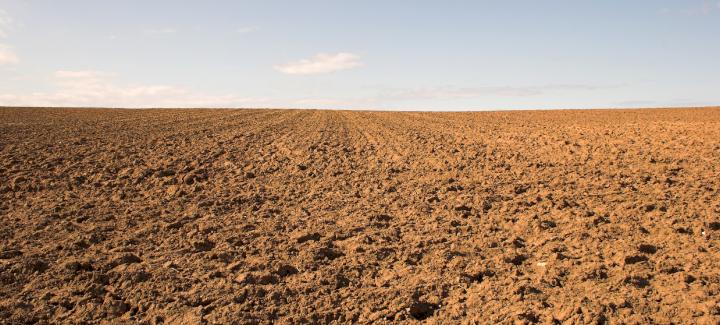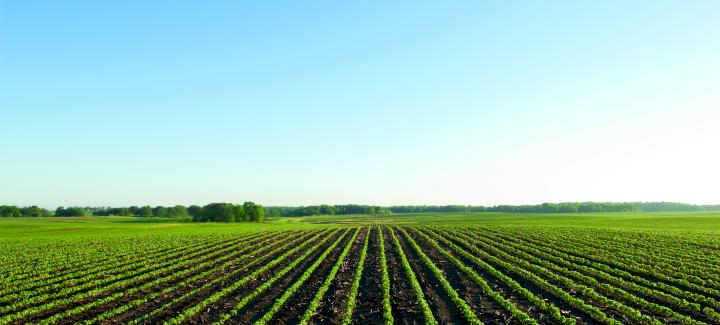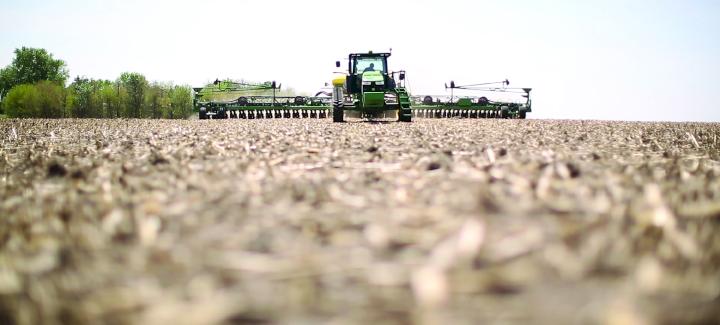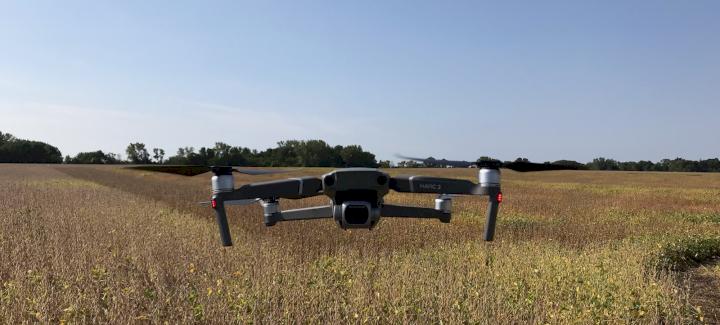Stine Seed Blog
Stine’s Ask the Agronomist blog is your source to the latest information from our expert team, including advice and insight on field practices, product recommendations, planting and harvest updates, new technologies, crop management, innovative research and information about how to keep your farm operation running smoothly year round.
-

EPA Backs New Herbicide for Soybean Growers
April 2020 in Agronomy
-

Stine Celebrates Women in Ag, Recognizes Their Accomplishments with Women in Agriculture Day
March 2020 in General
-

Some Good News — We’re Hiring!
March 2020 in General
-

Soil Sampling 101
March 2020 in Agronomy
-

Breeding Stine’s Conventional Corn
March 2020 in Agronomy
-

The Big Freeze
February 2020 in Agronomy
-

The Lesser Known Advantages of LibertyLink® GT27™ Soybeans
February 2020 in Agronomy
-

Plan, Check, Go!
February 2020 in Agronomy
-

Best Management Practices for Optimum Outcomes in High-Population Corn
February 2020 in Agronomy
-

Cover Crops: A Growing Interest for Corn and Soybean Growers
January 2020 in Agronomy
-

Agrisure Duracade® Corn Fully Approved and Available for 2020 Planting Season
January 2020 in Agronomy
-

Usage of Drones in Both Corn and Soybeans
January 2020 in Agronomy







